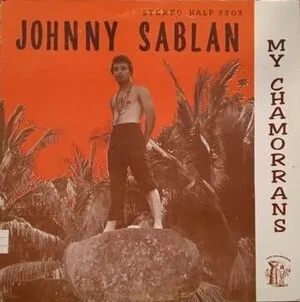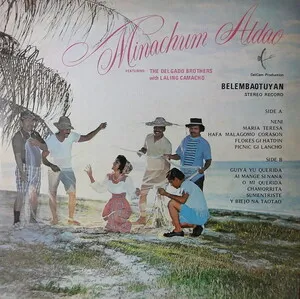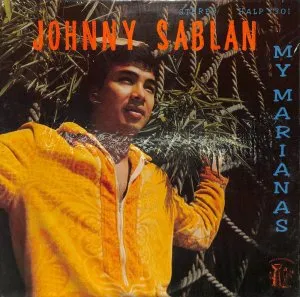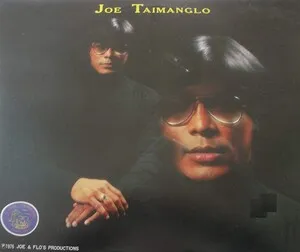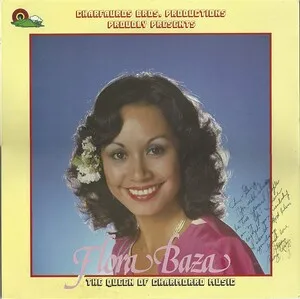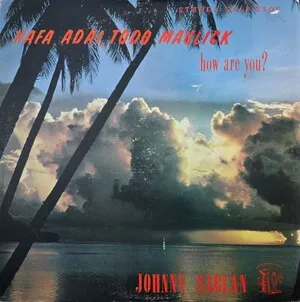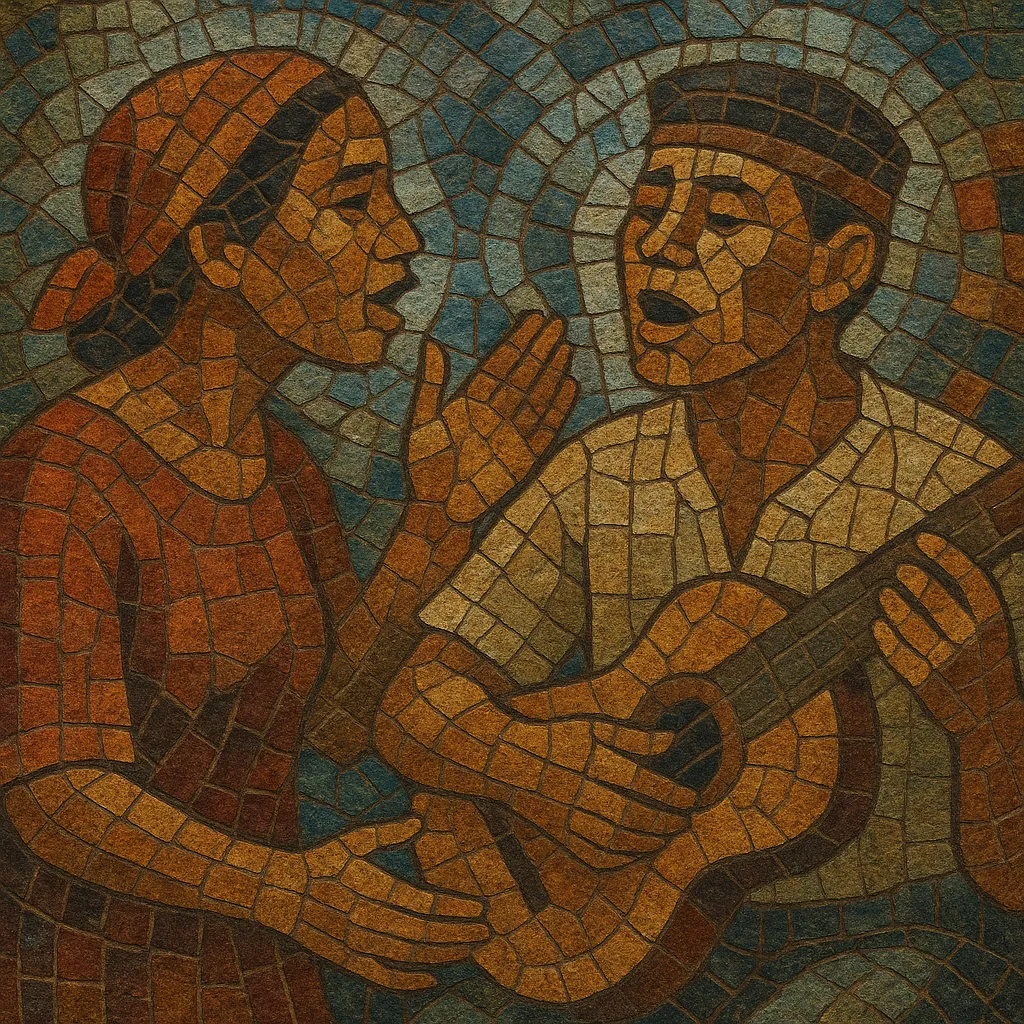
Kåntan Chamorrita (often written Kantan Chamorrita) is a traditional CHamoru form of improvised, antiphonal verse-singing from the Mariana Islands. It is typically performed a cappella in a call-and-response format, where one singer or group delivers a short stanza and another responds with a witty, teasing, or thematically linked quatrain.
Texts are composed on the spot, drawing on proverbs, humor, flirtation, friendly rivalry, and everyday events. While melody and rhythm are simple and repetitive to support improvisation, poetic skill—especially quick thinking, wordplay, and social insight—is highly valued. Performances historically occurred at work parties, village gatherings, and fiestas, with occasional light percussion, clapping, or later guitar/ukulele accompaniment.
The genre embodies communal participation and social bonding, serving as both entertainment and a verbal art that preserves language, values, and collective memory.
Kåntan Chamorrita likely predates sustained European contact, functioning as a communal verbal art among CHamoru communities in the Mariana Islands. After the 17th-century Spanish missionization of the region, the practice continued and absorbed Iberian poetic and song conventions (e.g., quatrain structures and assonant rhyme), while remaining distinctively CHamoru in language, performance context, and social function.
During the Spanish colonial period, village work parties and fiestas provided a fertile environment for improvised verse duels. While Catholic musical practices (like villancicos) influenced local musical life broadly, Chamorrita retained its secular, teasing, and courtship-oriented character. The genre served as a socially sanctioned space for wit, subtle critique, and flirtation.
In the 20th century, urbanization, new mass-media styles, and shifts in labor and leisure reduced everyday contexts for spontaneous Chamorrita. Nevertheless, knowledge persisted through elders (manåmko’) who maintained the practice at family and community events. Some performers began incorporating guitar or ukulele, reflecting broader Pacific and popular influences while preserving a cappella roots.
From the late 20th century onward, cultural organizations, educators, and ensembles on Guam and in the Northern Mariana Islands documented and taught Kåntan Chamorrita as an emblem of CHamoru identity. Workshops, school programs, and staged performances helped sustain the tradition, emphasizing improvisation, poetic craft, and language preservation.
Today, Chamorrita appears in cultural festivals, classrooms, and community gatherings. While performance contexts may be more formal than in the past, the heart of the practice remains the same: improvised, good-natured verbal sparring set to simple, singable lines that invite participation and celebrate CHamoru language and humor.

